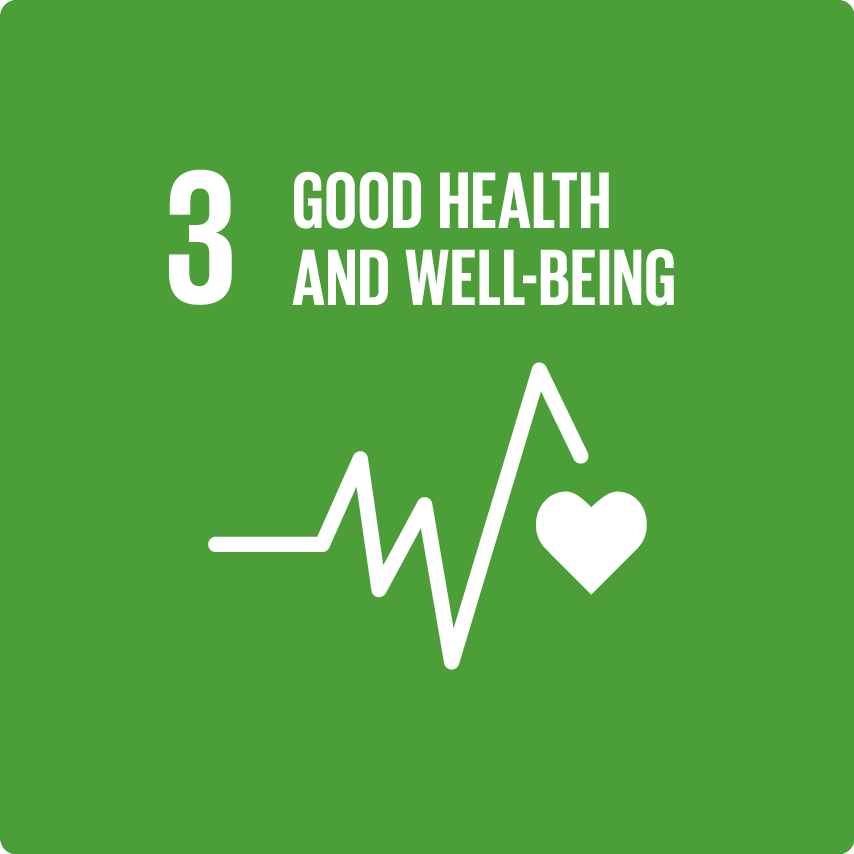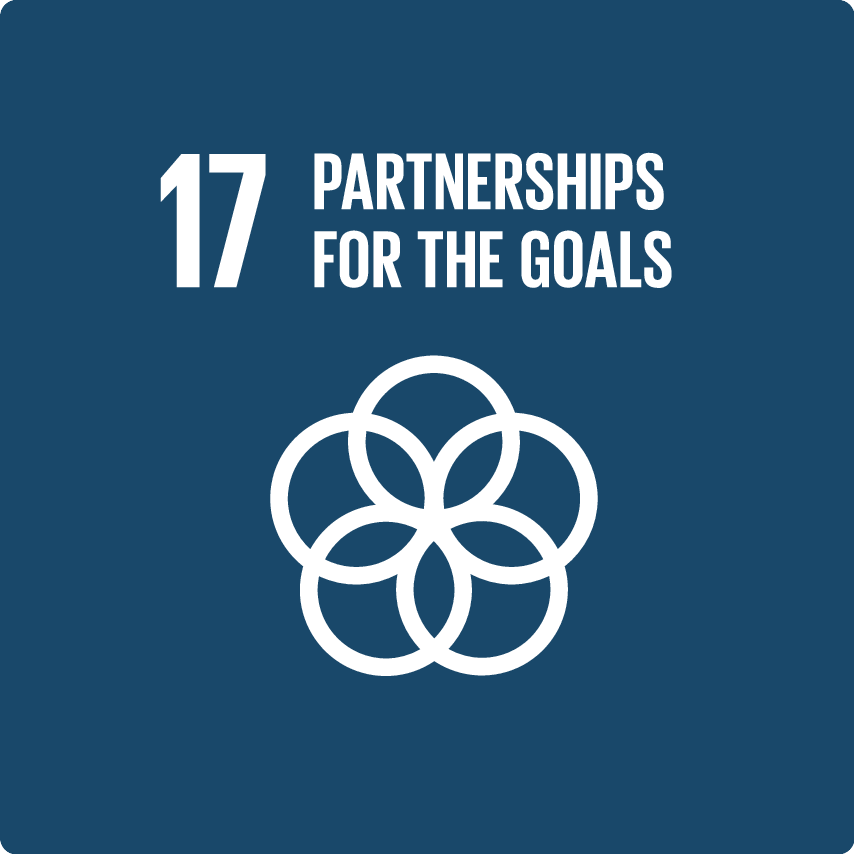Journey of the Pill
The Journey of the Pill is a PATH-led multi-country comprehensive end-to-end NCD supply chain assessment that aims to identify strengths and inefficiencies in the NCD supply chain to ensure a regular, reliable supply of quality, affordable medicines for PLWNCDs.
SEE ALL PARTNER ORGANIZATIONS
Objectives
- The Journey of the Pill supply chains assessments in Ghana, Kenya, and Vietnam aimed to identify the strengths and inefficiencies for NCD medicines and products.
- The subsequent reports provide recommendations to improve access to health products and meet national NCD priorities.
One of the most critical components of access to essential medicines and other health products is ensuring uninterrupted supply chains. Often, lower-income countries face supply chain related challenges that disrupt availability and accessibility to life saving and essential medicines and health products. This is especially true for non-communicable disease (NCD) medicines and products.
PATH partnered with Access Accelerated to identify these challenges in NCD supply chains by mapping and assessing health systems (public and private clinics, pharmacies etc.) in three low- and middle-income countries (LMICs) – Kenya, Vietnam, and Ghana. Since the assessments were published, the ministries of health in all three countries have taken steps to act on the recommendations, which have resulted in more streamlined processes and improved access to NCD medicines.
Results and milestones
Findings of the assessments
- Vietnam:
The public health system in Vietnam supports approximately 98 million inhabitants. Vietnam has established strong NCD policies with ambitious national NCD targets. A critical component toward achieving these targets is strengthening primary health care ensuring essential NCD-related medicines and commodities are available at the PHC level. To support the realization of these targets, PATH carried out an end-to-end assessment of the overall Vietnam supply chain process using surveys and interviews around six specific tracer medicines. The assessment found the extensive supplier distribution network provides efficient delivery times based on distribution points closest to the facility. For the six tracer medicines, lead times varied markedly depending on the facility level. For the central hospitals, suppliers are nearby, and therefore orders are fulfilled the same day, whereas for medicines procured in lower volumes, the lead times shows significant variations.
In terms of price and markups, the retail margin markups for the six tracer medicines ranged from 5 to 31 percent, with 82 percent of prices compliant with regulations. Private sector markups were higher than the public sector for the majority of the tracer medicines. There are no government-mandated price controls in the private retail pharmacy sector. For tracer medicine availability at the time of the visit, it was found that the higher the level in the health system (secondary and tertiary levels), the more reliable the medicine availability was, and as the assessment moved down the facility levels, medicine availability started to decline.
- Ghana:
In Ghana, this NCD supply chain assessment tracked the journey of six tracer NCD medicines from importation or (local) manufacturing point to the client at service delivery points at primary and secondary health facilities. Ghana is implementing universal health coverage, yet the priority NCD medicines included in this assessment were not consistently available and affordable to people living with NCDs at the PHC level. The poor and inconsistent availability of the NCD tracer drugs at the regional medical stores and health facilities underscored the need to improve the supply chain’s performance through strengthened forecasting, financing, procurement, and delivery of these essential drugs. While equipment was available and mostly functioning, cold chain capacity and quality are a concern that, if unresolved, will limit the expansion of access to insulin. Improving consistent access to glucose testing at health centers and district hospitals was identified as a priority. Other barriers to access included the markups for NCD medicines sold to uninsured people, supply chain human resources, and the accumulated debts that constrain cash flow, extend lead times, and pose an important financial risk to manufacturers doing business with the public sector.
Examples of transformational progress and successes are the deployment of Ghana Integrated Logistics Management Information System to all regional medical stores and public hospitals and the implementation of the Last Mile Delivery Program, a Ghana Health Service initiative ensuring smooth delivery of health products and medicines to health facilities in different regions.
- Kenya:
In Kenya, this assessment was conducted in six counties with high burdens of NCDs at 57 sites. This included public facilities, private clinics, faith-based clinics, and private wholesale and retail pharmacies. Batch tracking was completed on five tracer medicines. The assessment highlighted several red flags related to supply management at the facility level, including weak implementation of standard operating procedures, inadequate data collection and use, and data limited to facility stock movement rather than linked to patient treatment.
There were no standard registers or record-management tools at the pharmacy dispensing areas to record stock dispensed to patients other than antibiotics. As a result, when reviewing drugs dispensed, there was no correlation between medicines issued versus patient numbers.
All five tracer items were noted to be out of stock at least once during the review period in all six counties. The main reasons for stockout periods were limited supplies issued to health facilities due to budget limitations, the causes of which are discussed in the body of this report. Although there was limited information available on stockouts in the private sector, they appeared to be rare.
Although not formally regulated, the standard for price markups for the private sector is set at approximately 33 percent. However, markups far exceeded this standard and were noted as a significant issue impacting prices of tracer medicines.
Geographic Reach
- Africa
- Western Pacific
Disease Area
- Non-communicable diseases
Partner organizations
PATH
Access Accelerated
Ministry of Health Vietnam
Ghana Health Service (GHS)
Ministry of Health Ghana
Ministry of Health Kenya
Kenya Medical Supplies Authority (KEMSA)
Mission for Essential Drugs and Supplies (MEDS)
Additional resources
Geographic Reach
Africa
- Ghana
- Kenya
Western Pacific
- Viet Nam
Disease Area
Non-communicable diseases
- Cardiovascular diseases
- Hypertension
- Diabetes

